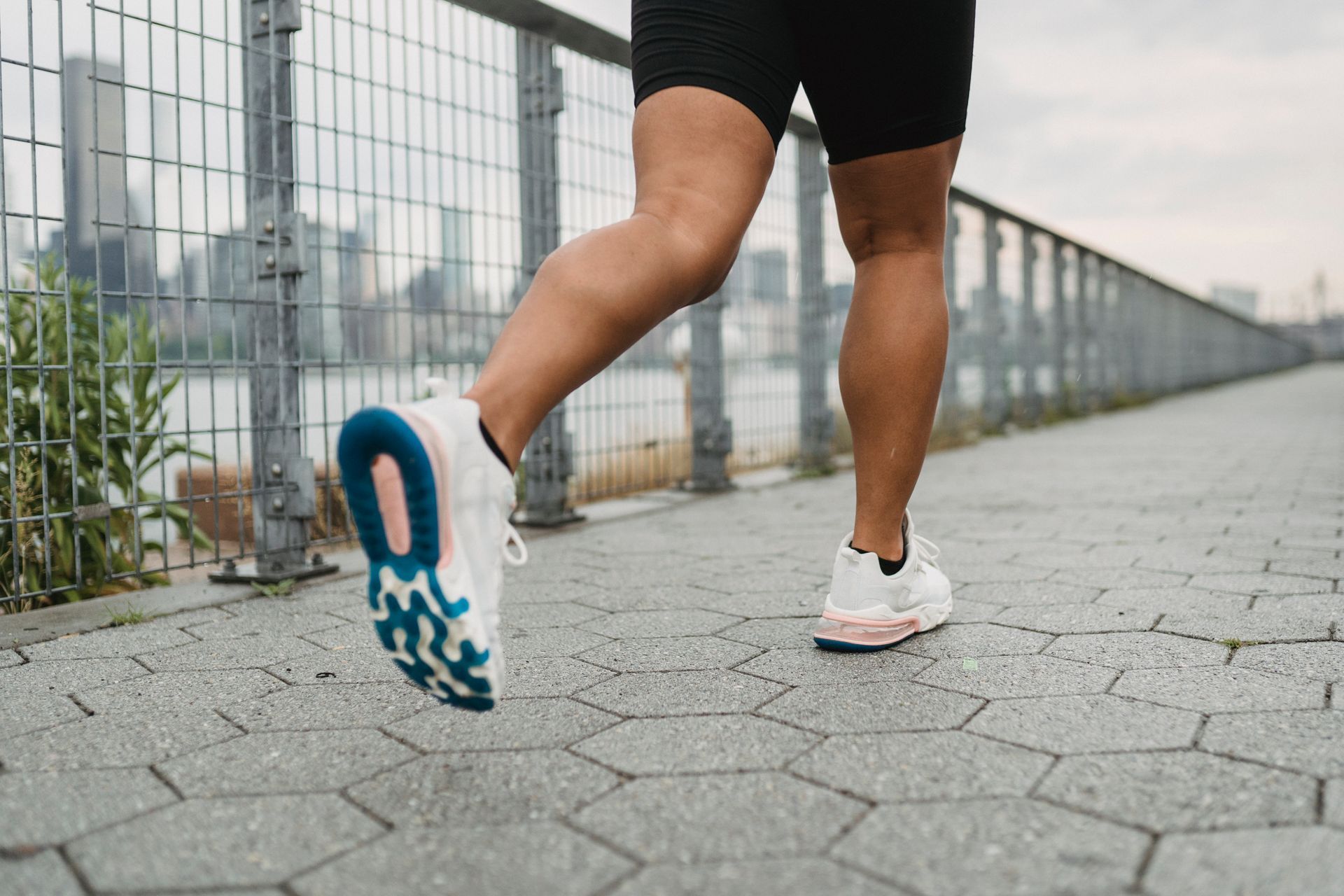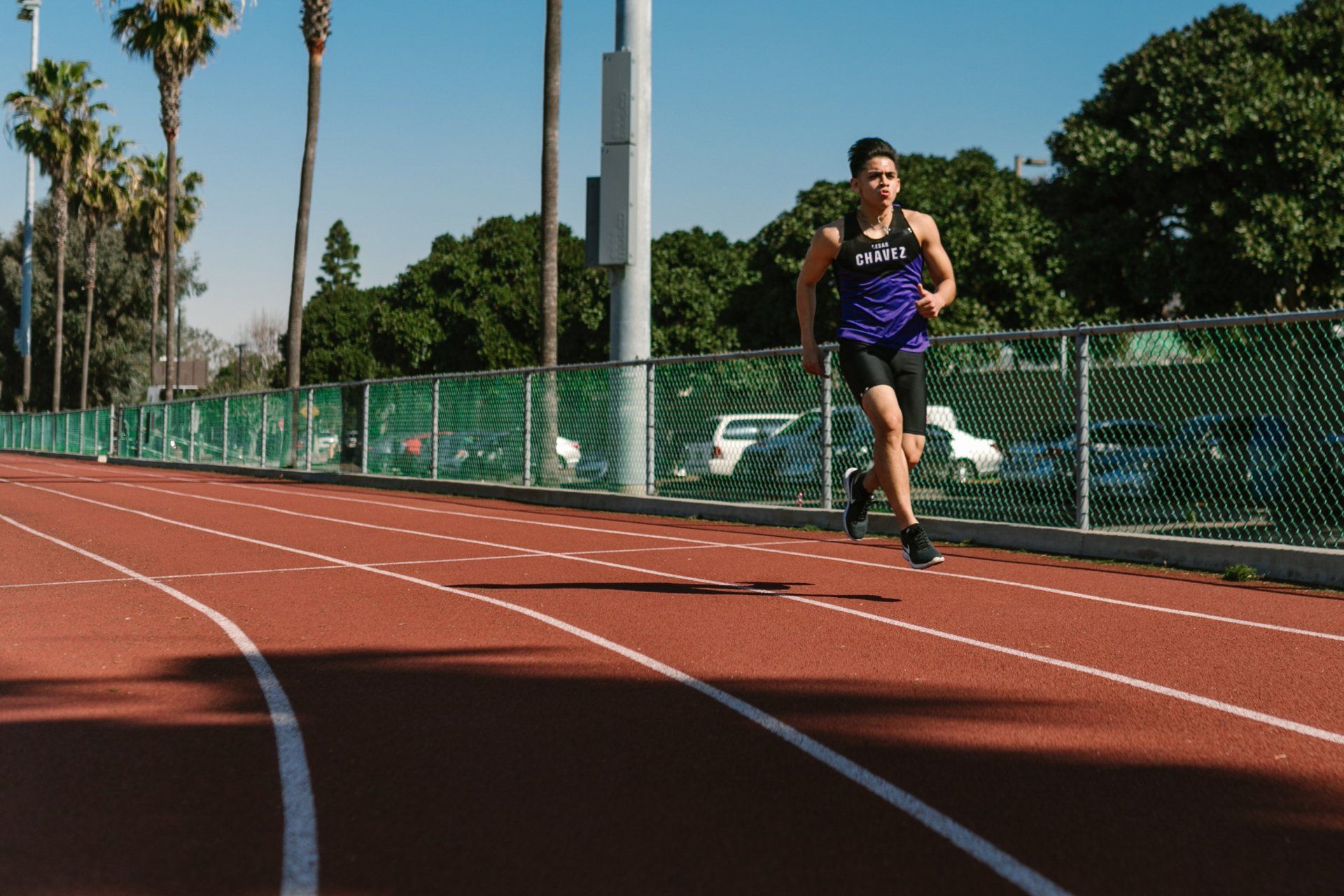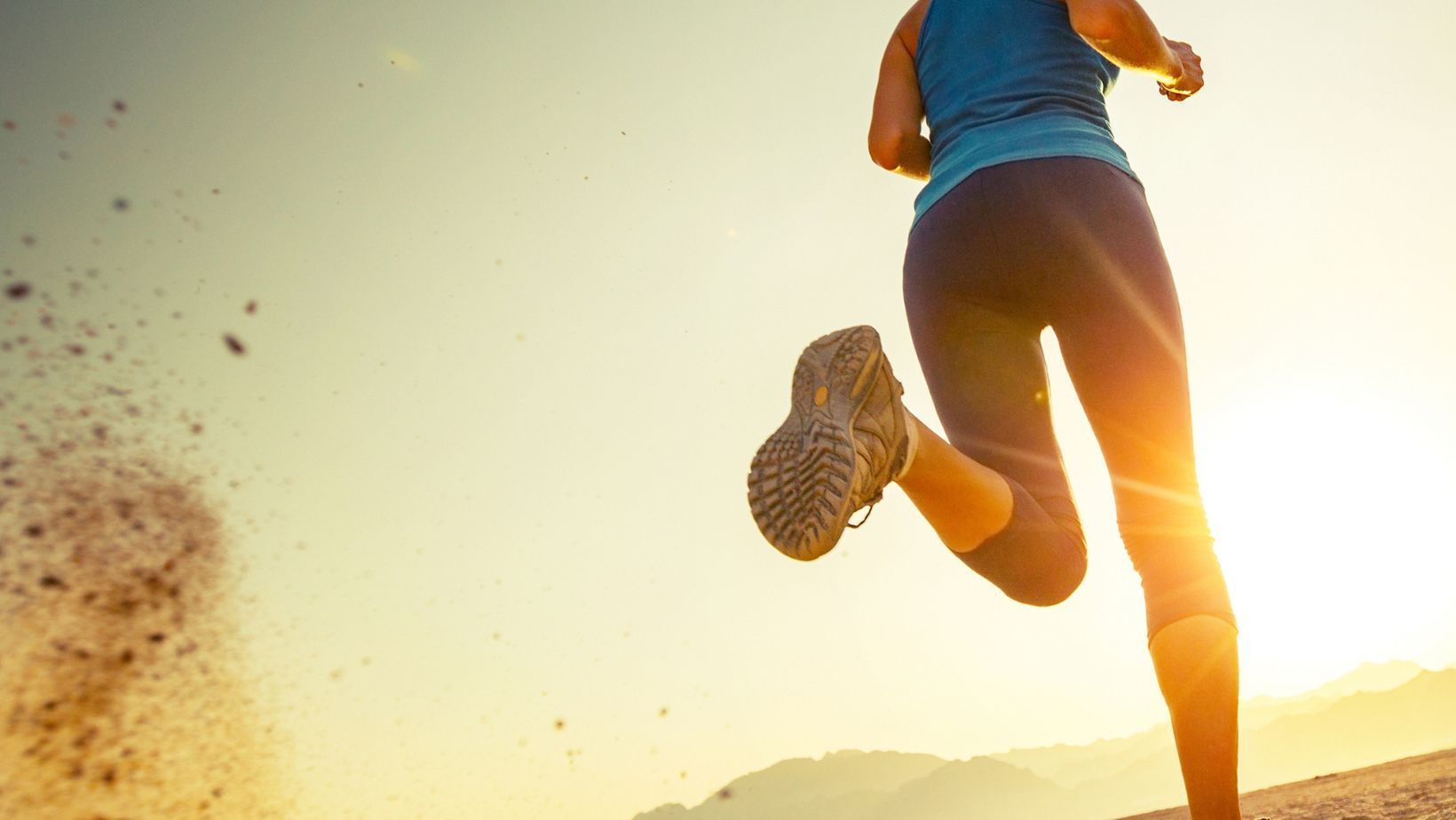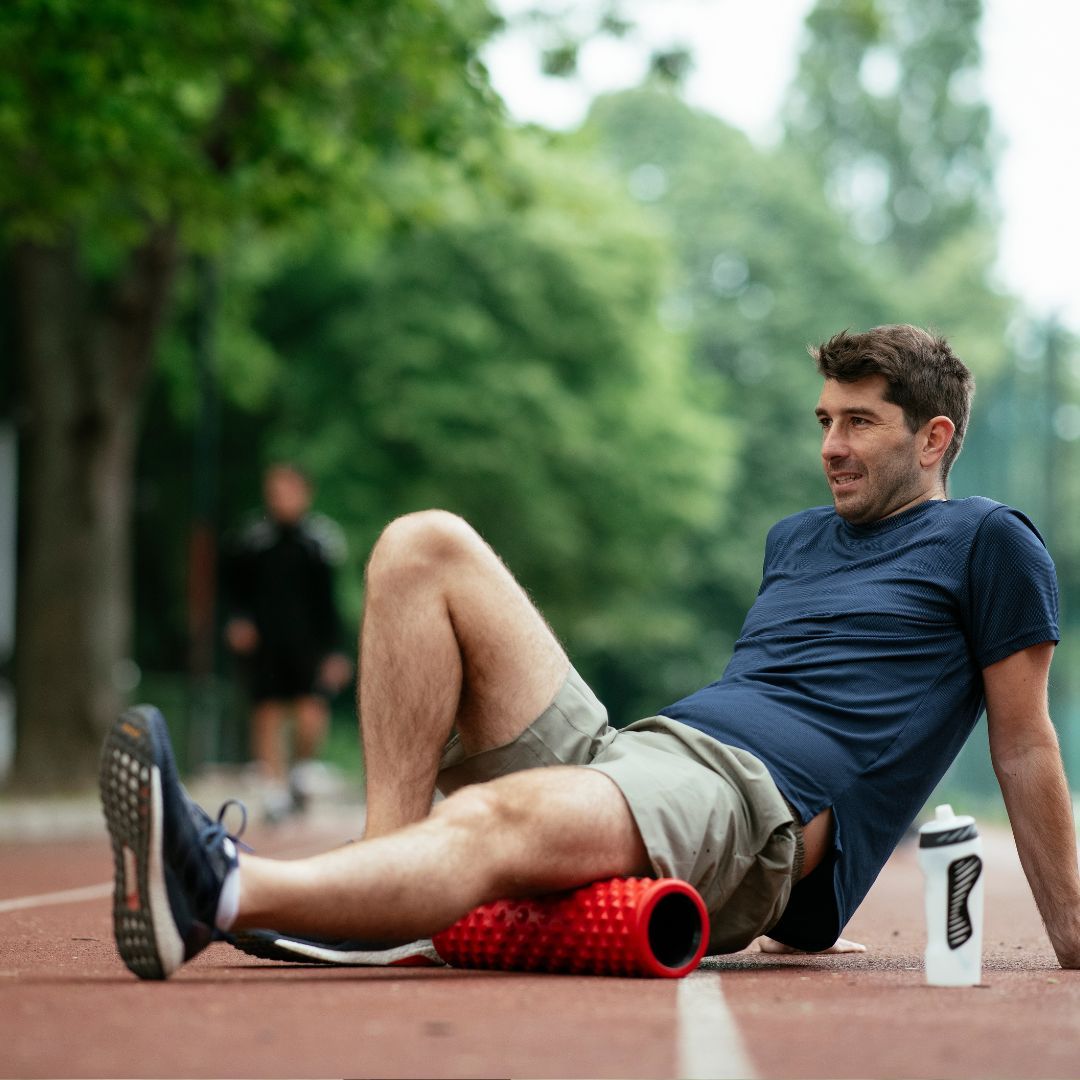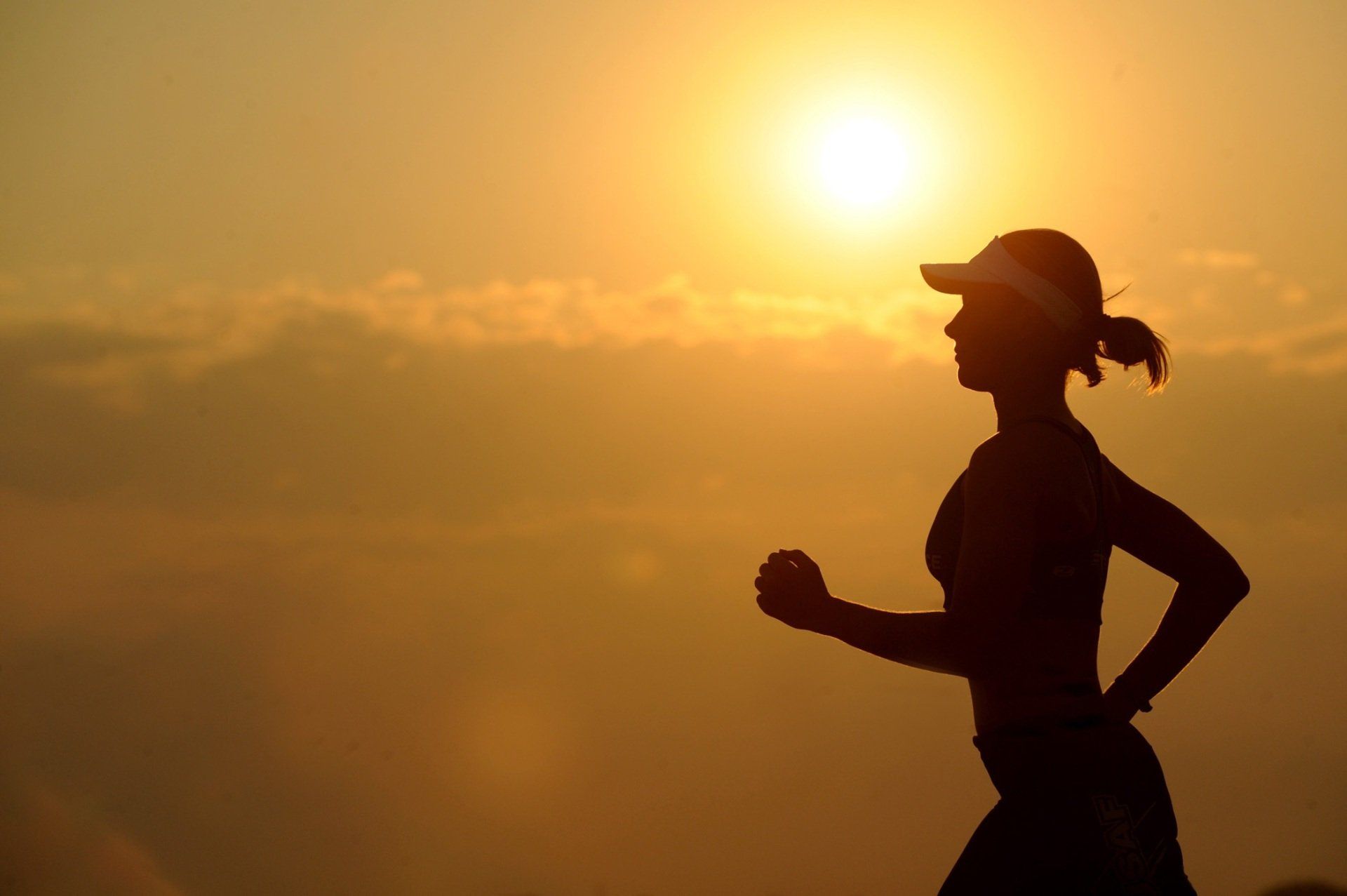DU recap and race specific training.
Quick DU135 recap and race-specific training for your upcoming event.
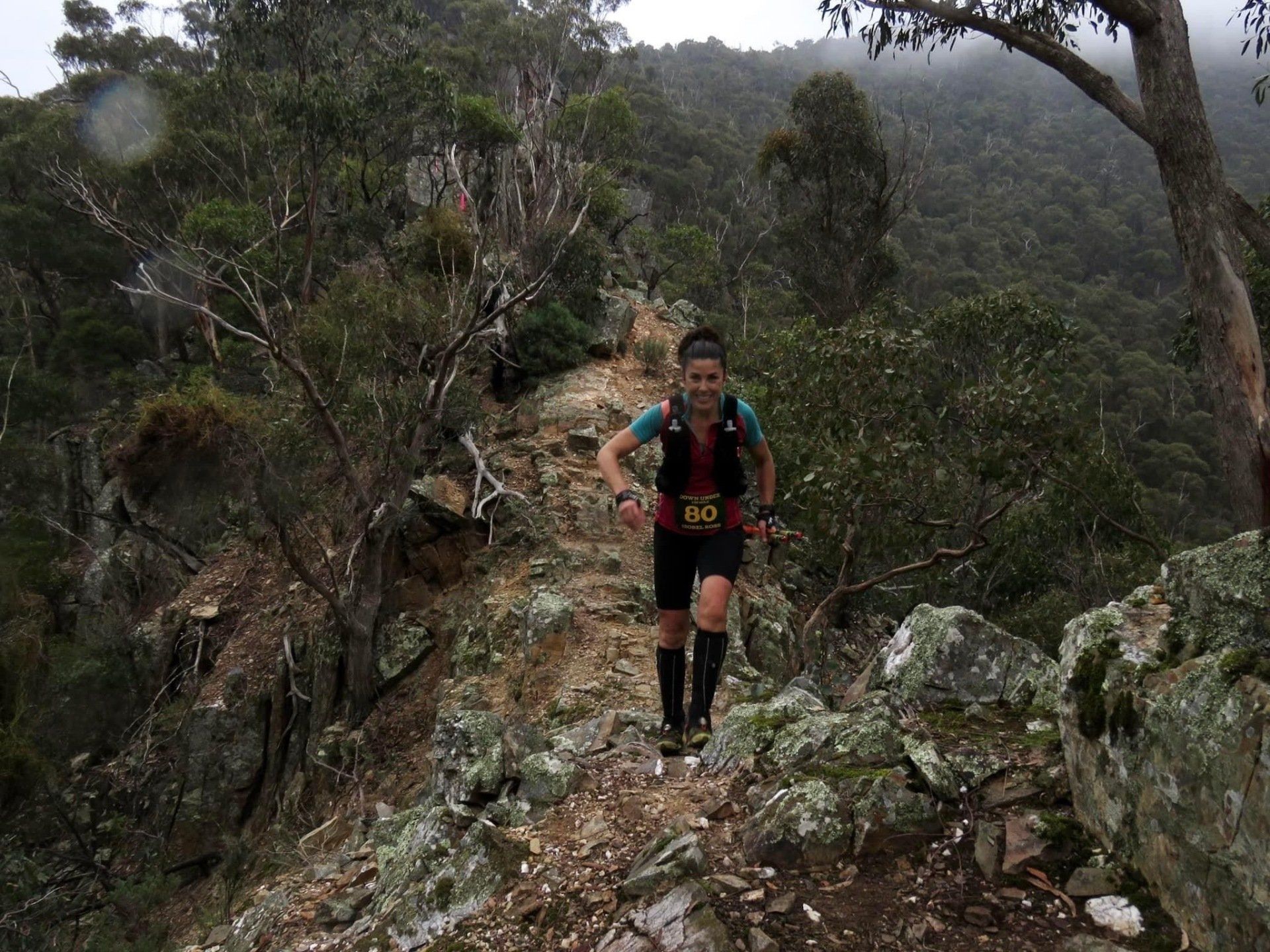
. Well, DU has been run and done. Well done to Tom Dade on another fantastic run only finisher, he is amazing. Now that I have been on the course I can only marvel at he manages to get this done. David Eadie was another gun out there, I had every finger and toe crossed he would get it done in time and but it wasn’t to be. I really admire how he kept going and finished the course regardless. That takes a lot of guts and determination. In fact, I will be interviewing him this coming weekend about his adventure, so look out for that one!
Of course, my adventure on this course ended prematurely. I don’t DNF often as I don’t take it lightly. I don’t want to be left with regrets. Things started going south for me fairly early on. On my left foot, I have developed a small bunion from the years of running. It has never bothered me, although on the odd run here or there I have felt it a bit. Well early in the race it started HURTING!! And when I say hurting it was incredibly painful. Probably a lot to do with the hard, rocky surface. I took some Panadol (I never use Nurofen in races) and that helped for a few hours. I felt better about that and that the pain was sorted..then my left knee started to hurt, a lot (probably from my change of gait for my foot)!! Now, like any runner I get twinges in my knees on and off too. But this was every downhill (and there were a lot) and it was painful and affected my gait even more. And the Panadol I was taking for my foot wasn’t helping it at all. But on I soldiered. A few other niggles and pains kept popping up. It was like my body was trying to get me to stop, but I just kept ignoring the signs. I’ve done that before at GSER in 2019 and I still have nerve pain in my leg 3 years later that I believe may never go away. So for this reason when I started to get dizzy and feeling un well (and unwell in a vague sense that I couldn’t pinpoint) I listened to my body and pulled out at the next aid station. When I got the nerve damage in my leg it was a vague not good feeling that I ignored, so I didn’t want to do any permanent damage to myself again, especially when there was no chance I was going to finish the race. I love running too much to risk it all for one event. I loved being part of the event and certainly have the DOMS to prove I was out there! Am I disappointed I didn’t get further? Yes, but do I feel I made the right decision? Yes. Especially since when I got home and got changed, I found my legs (even the parts that were covered by my long shorts) and parts of my torse were covered in an allergic reaction rash. Each time I have trained at Lerdy, I have gotten an allergic reaction on my face to something that only cortisone has cleared up. Obviously, something at those times had touched my face. This was a different rash but the fact that it also affected me through my clothes was unusual. Was it part of the weird unwell feeling I was getting? I don’t know. But I do know I made the right decision to pull out and thus I don’t feel regret. I also know I have already had a big year so far. Going to the states for Barkley and the stress associated with that, as well as Canada with all the Covid tests and stress takes a bit to recover from. Then putting Jack down just a week ago was devastating, and I have surgery in a couple of days which is another stress for me. I think mental stress weakens us as well. I know I have the capacity to push through hardship, so it wasn’t that I can’t do it. But my body was telling me something and as hard as it is to do sometimes, I listened.
Today I thought I would talk about the 6 race specific training elements that you should engage in as your race approaches. They are (in no particular order)
· speed work
· long runs
· nutrition training
· night running
· strength work
· mental training.
Ok, let's start with speed work. As I talked about when I was discussing program structure, your workouts should go from least specific to most specific as the program goes. Thus, as you near you race you should be doing longer and longer tempo runs. Runs at a level that you can sustain that comfortably uncomfortable pace for about an hour. Tempo runs should have you working up to about 30 mins at tempo effort. This develops the ability to run at race pace for longer. If the race is on hilly terrain, do your tempos on undulating terrain. Flat tempo runs might look better on Strava, but hilly tempos will serve you better come race day. I have talked about this a lot so won’t go into much more detail today.
Long runs should mimic your race as much as possible. That is, in elevation and in terrain. For instance, if I am training for 100k with 4,000m elevation, my last long run of 50-60ks should have around 2,000 -2,500m climbing. If it is primarily on fire roads, that’s what I should be training on. If it has mainly single track, that’s what I would try to train on. If it has lots of stairs, I would add stairs in my long run at the appropriate spot. I would also try running around the same time as I would be racing. If the race goes all day and night, then training at different times of the day for my long runs in the last couple of months would be useful. If I am going to use poles in the race I would be using them in my long runs. It is good to practice with the full weight of your race pack with all that mandatory kit as well. You don’t want to be surprised with how hard it is to carry a heavy pack and how much it makes the hills feel more difficult!! Also, a full pack sits differently on your body than an empty pack and you don’t want to be surprised by that and any associated chafing come race day. That’s why it is also important to wear the clothes you will wear on race day a few times in training on your long runs too. That includes socks! Socks that might be good for 1-2 hours might not be good for 5+. Don’t wait for race day to find that out!!!
Nutrition training is vital to your race! It really is part of your long run training but I felt it is so important it deserved it’s own number! So, to start with race nutrition is not just what you eat during the race. It starts at least the day before the race. You should practice what you will eat the day before the race, as some of this will still be in your digestive system at the start of the race and will thus impact you. What sits well, what doesn’t? What gives you good energy to run, what doesn’t? Then, in the morning eat what you will eat before the race. Does it sit like concrete in your stomach, make you sit on the toilet constantly, or are you at the start of the run feeling hungry? Does it give you good energy to run? Next, is what you eat during the race. Obviously, this can all change on race day but it is good to have an idea. I have learnt over the years that sweet stuff just doesn’t go down well and leaves my stomach horrible. Find out through trial and error what works for you. And that may take a number of runs and practice races. You need to have options available for when one thing doesn’t work. Don’t be scared about eating in a long run: eating is not cheating!! Eating during your long runs actually speeds up the recovery process. Not eating during long runs slows the recovery process. Long runs are not the time to diet!! Nutrition includes fluids, including the day before. Hydrate the day before. Drink during your long run. What electrolyte solution works best for you? Some flavours taste great at home but terrible when running!!
If you will run through the night in your race you need to practice night running at some stage. This does not mean running through the night for a training run. You could start your morning run early and run in the dark then, or your evening run in the dark. That is all you need! Running through the night will just exhaust you and take away from your other training thus negating any benefit it may provide.
Strength work needs to be periodised to your training. At the start of the training cycle you will be lifting heavy but as you progress closer to race time you will be moving onto functional and core training. Also, some plyometric work at this stage will be helpful. Functional and core training prepares your body for the rigours ahead. You need your body to remain strong and stable for the many hours it will be pushing during your ultra. Two weeks before the race you should transition to only bodyweight and core work with a little plyo.
Mental training is super important but rarely practice. Of course, mental training is done every time you go out for a run you couldn’t be bothered. When you push in a workout when you’ve had enough. When you hit the trails in the pouring rain and biting wind. However as race day gets closer, spend more time thinking about the race and what you will do in different circumstances. For instance, what will I do if my stomach goes south? What will I do if I haven’t seen a course marker in ages? What will I do if I want to DNF? And so on. This is not focusing on the negative, quite the opposite in fact. It is focusing on the positive things you will do to counteract the negative. It gives you back control for those moments when you will feel little to no control. It gives you power and positivity to know you have your bases covered. You also need to start visualising yourself pushing hard, pushing through the pain, moving regardless of the difficulty, crossing the finish line knowing you have given it your all. Now is also the time to come up with the mantras that will help you as you race. ‘I am’ statements work really well, but ‘you are’ work even better because it is like someone else, a trusted friend, ally or coach, is showing confidence in you. Practice using these in training so they are second nature on race day.
So there you have it, 6 things to focus on for more race specific training. Of course, if you want personalised coaching , email me isobel@peakendurancecoaching.com.au and we can talk about what suits you and your lifestyle and running history. Also, if you want to find out more about strengthening your mental game for ultra-running, I am hosting a real live in person event. I’m so excited to let you know that I will be hosting a live (not zoom) event when I will go over what is required to compete in difficult events, how to prepare yourself mentally for these events and how to deal with the voices in your head telling you to quit (and how to know when to listen to those voices and how to tell the difference!!) This event will be on Thursday 14th July to be held in Boronia. Details and registration are on the button below.
Have a great week and have fun with your running!!

